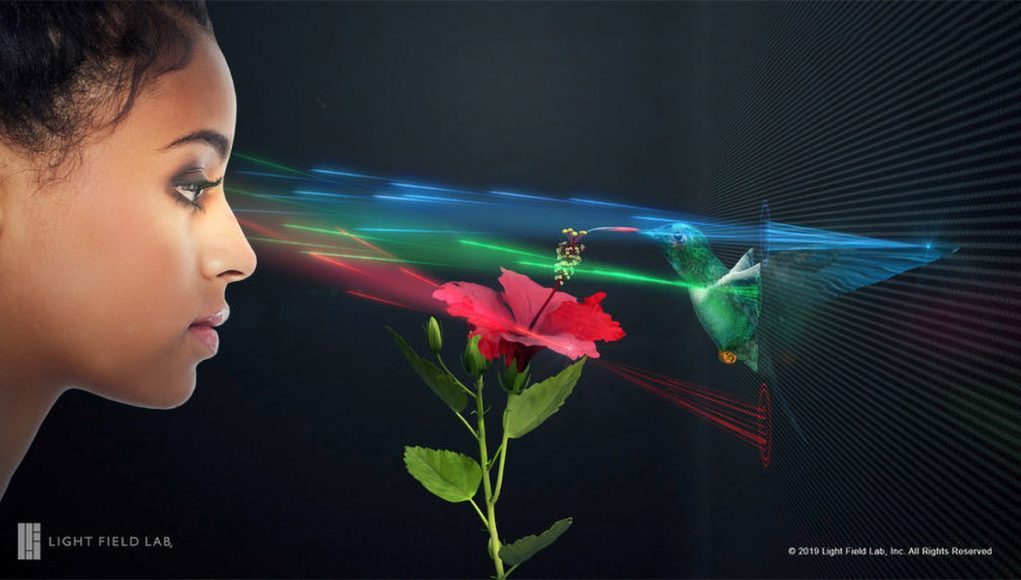Light Field Lab, known for its advancements in light-field display technology, successfully completed a Series A funding round, scoring the firm over $28 million in venture capital to manufacture and distribute working products. The investment round was led by Bosch Venture Capital and Taiwania Capital. Light Field Lab hopes to build large scale light-field displays capable of offering a ‘holodeck’-like experience.
At a cursory glance, light-field displays are essentially holographic panels that, as TechCrunch’s Lucas Matney puts it, are akin to advanced 3D TVs. Unlike 3D TVs, however, light-field displays don’t require special glasses to enjoy the ‘3D’ element.
Light Field Lab is the first firm to secure major funding for ongoing light-field tech development since its spiritual predecessor, Lytro, was purchased and subsequently sunsetted by Google, ceasing over 12 years of operations in ‘light-field camera’ development at the end of March 2018.
Initially founded by a group of ex-Lytro employees, Light Field Lab is already notable for having secured $7 million in funding for R&D on light-field displays in January 2018, two months ahead of Lytro’s shuttering.
“The company aims to bring real-world holographic experiences to life with up to hundreds of gigapixels of resolution, including modular video walls for live event and large-scale installations,” states an official release.
The consumer market isn’t likely to see any such light-field display technology in their homes for some time, in favor of a more immediate focus on creating value within the commercial sector—where location-based entertainment sits directly under the crosshair.







